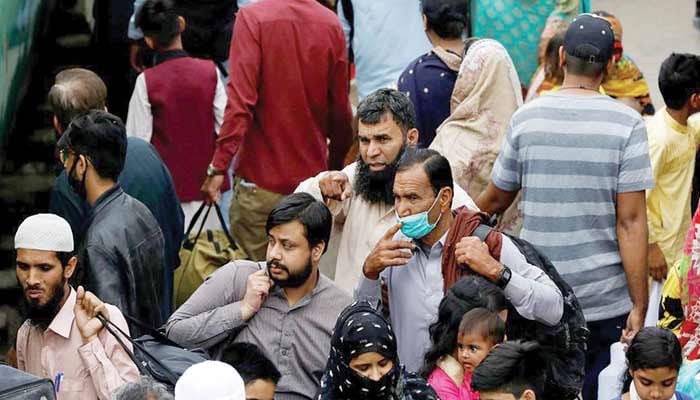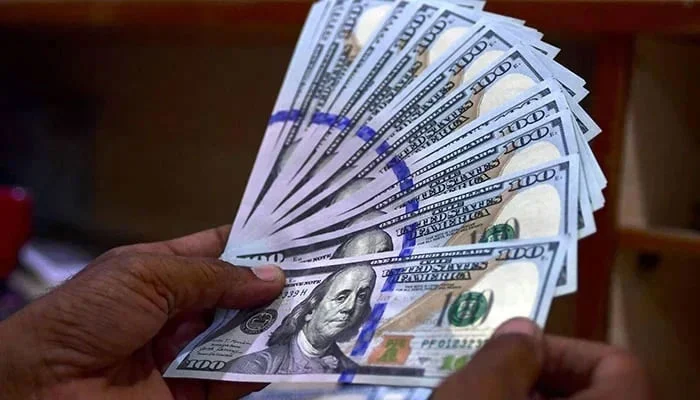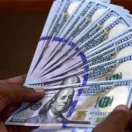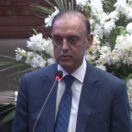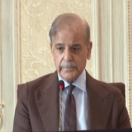By Mehtab Haider
Published in The News on May 25, 2023
ISLAMABAD: Pakistan’s provisional GDP growth rate remained dismally low and stood at 0.29 percent for the outgoing financial year 2022-23 against the revised figure of 6.1 percent in the last financial year 2021-22.
Against the original target of 5 percent for the current fiscal year, the GDP growth just clinched a slight range of a positive 0.29 percent for the ongoing financial year. This low level of growth will result in rising poverty and unemployment but there are no official figures available on these two important fronts. The size of the GDP in the rupee term stood at Rs38.927 trillion for the outgoing fiscal year against Rs38.814 trillion for the last financial year 2021-22.
The Planning Commission’s Chief Economist, Dr Nadeem Javaid, told journalists that the devastating floods, lingering political instability, global recession and Ukraine war accelerated the woes for Pakistan economy but the resilience shown by the country’s different economic sectors produced a slight positive growth in the current fiscal year. The National Accounts Committee (NAC) meeting, which met under the chairmanship of Secretary Planning Syed Zafar Ali Shah, approved provisional figure of GDP growth rate at 0.29 percent with agriculture growth of 1.55 percent, the industrial sector contracted and achieved negative growth of -2.94 percent and services sector achieved positive growth of 0.86 percent. There was alleged immense pressure on the officials of the Pakistan Bureau of Statistics (PBS) and other high-ups for turning the GDP growth from negative to positive. It started from negative 1 percent to negative 0.5 percent but finally, the NAC approved a positive GDP growth figure of 0.29 percent after a lot of debate among the Ministry of Finance, State Bank of Pakistan and Ministry of Planning high-ups. The negative growth trajectory was turned into a positive as eyebrows raised over the education sector growth figure of 10.44 percent. Human health and social work-related activities also suddenly achieved 8.49 percent growth in the current fiscal year.
Out of the agriculture sector growth of positive 1.55 percent, the growth of important crops remained negative 2.49 percent but the production of wheat at 27.6 million tons helped the agri sector to achieve positive growth. The cotton achieved just 4.5 million bales and achieved negative 41 percent growth. The livestock achieved positive growth of 3.78 percent. Out of the industrial sector, the LSM growth remained negative at 7.98 percent but interestingly small-scale manufacturing achieved positive growth of 9.03 percent. The construction sector achieved negative growth of 5.53 percent. The electricity generation and gas distribution achieved positive growth of 6.03 percent which also resulted in raising eyebrows. The services sector achieved positive growth of 0.86 percent. The wholesale and retail trade clinched negative growth of 4.46 percent. When the PBS Chief Dr Naeem Uz Zafar inquired whether there was any pressure on the PBS for achieving positive growth, he said that there was no pressure from any side and they had done their work professionally to achieve the provisional growth figures.

